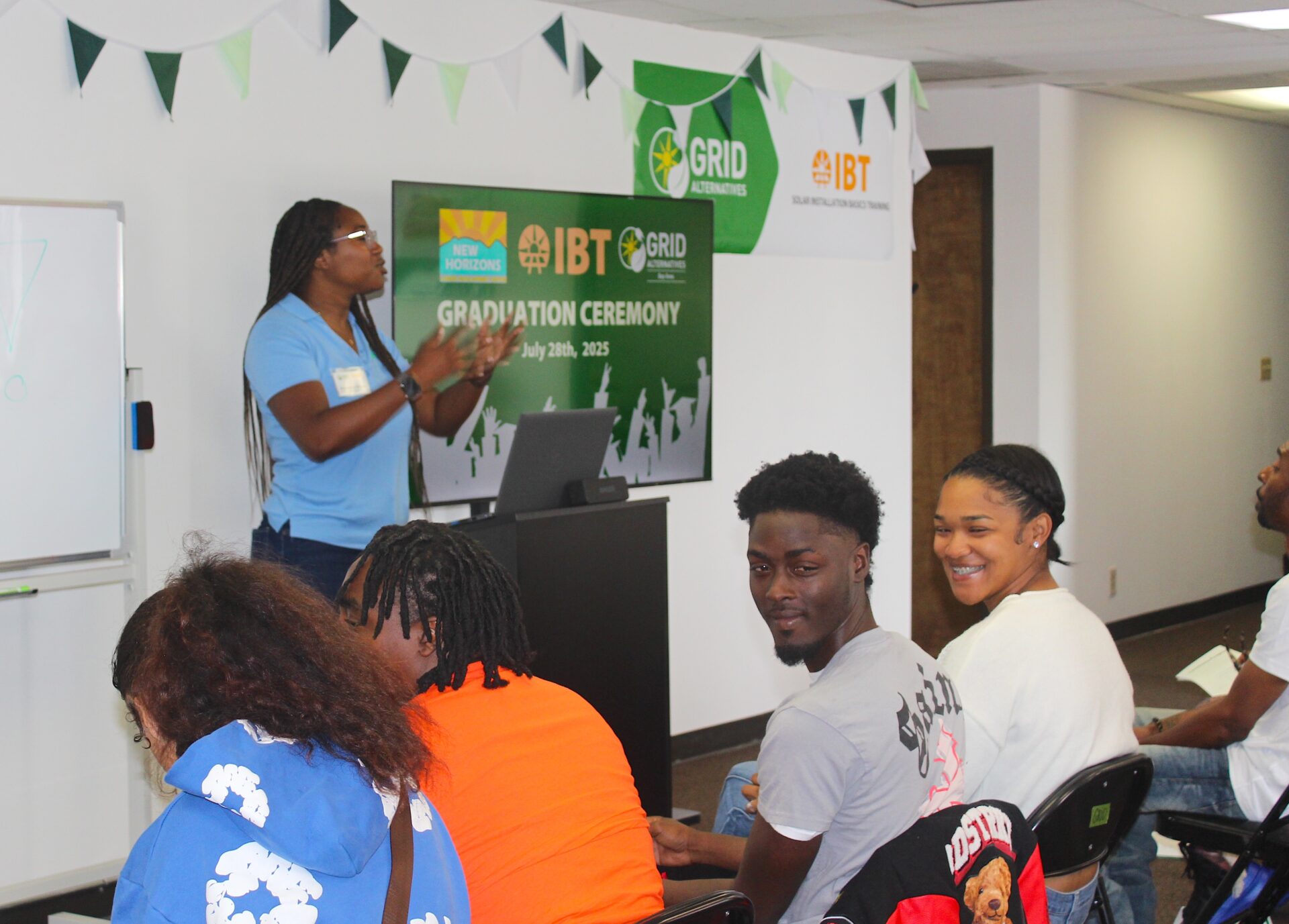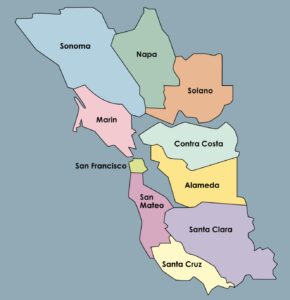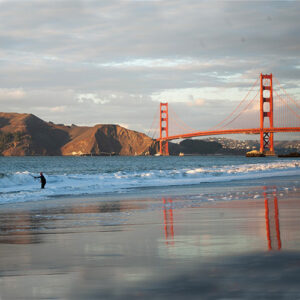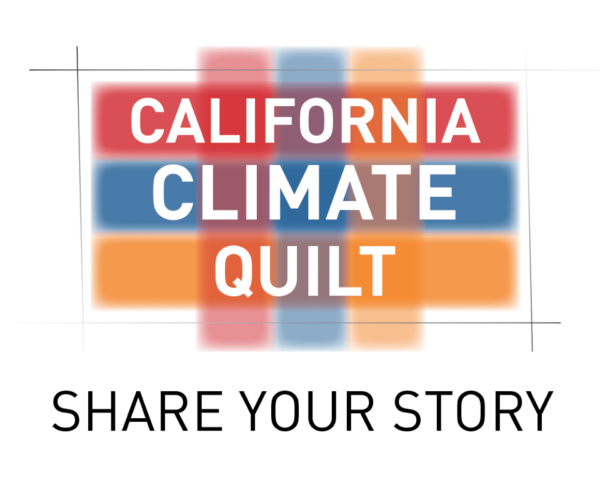California’s Solar Boom Is Powering Clean Energy Careers
Global solar capacity is climbing fast — but before your panels can drink in the light, you need someone who can walk the roof. On July 28, a cohort of eight graduated from GRID Alternatives Bay Area’s Installation Basics Training 200 program: 200 hours of climbing ladders, wiring panels, and learning the muscle memory of solar installation.
Designed to create an efficient, equitable pathway into the solar industry, the GRID program comes with a stipend so participants can focus on learning without choosing between rent and a career. In a state where solar jobs are multiplying, these graduates are stepping into an industry that needs their skills yesterday.
Because there’s really good news: California’s appetite for sunlight has never been bigger. On May 25 of this year, renewables supplied more than 158% of the state’s electricity demand at peak. Batteries, once an optimistic footnote in energy planning, are now regular night-shift workers, often supplying the majority of after-dark power. Compared with two years ago, the state is burning 40% less natural gas for electricity. Despite the current federal push to squelch solar’s momentum, clean energy use is at an all-time high. Momentum is on the side of the sun.
Building the solar energy workforce and infrastructure can keep the curve bending toward clean power. The state’s solar farms — some of the largest in the world — hum across the desert, but the transformation is also nailed into the rafters of homes and businesses up and down the state. Programs like GRID’s help ensure the benefits of clean energy — lower bills, steadier work, cleaner air — reach more than just those who can already afford to play.

Graduates of a recent GRID program. Photo: GRID
Zoom out, and solar power is scaling worldwide at a pace that would’ve been unthinkable a decade ago. The planet now adds a gigawatt of solar (the output of a large coal plant) every 15 hours. Last year, 96% of the global demand for new electricity was met by renewables — and Texas is building renewable energy capacity faster than California. In some regions, the challenge is no longer whether solar can compete on cost, but whether storage and transmission can keep up with its growth.
Sunlight is abundant, but opportunities to harness it have to be built. That takes panels and permits, but also paychecks, safety harnesses, and the steady hands that bolt down each rooftop array. The sun has always been generous. Now California is finally meeting it, with both panels and people.
Other Recent Posts
Who Will Inherit the Estuary? Training for a Rough Future
The six-month program teaches students aged 17 -24 about the challenges facing communities around the SF Estuary, from Stockton to East Palo Alto.
Split Verdict Over State of the Estuary
Habitat restoration and pollution regulations are holding the Bay steady, but the Delta is losing some of its ecological diversity, says SF Estuary Partnership scorecard.
Volunteers Catch and Release Tiny Owls For Science
In Santa Rosa, citizen scientists capture northern saw-whet owls to help further research on climate impacts to the bird.
Antioch Desalination Plant Could Boost Local Water Supply
The $120 million plant opened this fall and treats 8 million gallons of brackish water a day, 75% of which is drinkable.
How Cities Can Make AI Infrastructure Green
Data centers fueling AI can suck up massive amounts of energy, water and land, but local policies can mitigate the impact.
What to Know about PFAS in Tri-Valley Water
In this nonfiction comic, explore how the city of Pleasanton is dealing with PFAS- contaminated groundwater.
ReaderBoard
Once a month we share reader announcements: jobs, events, reports, and more.











